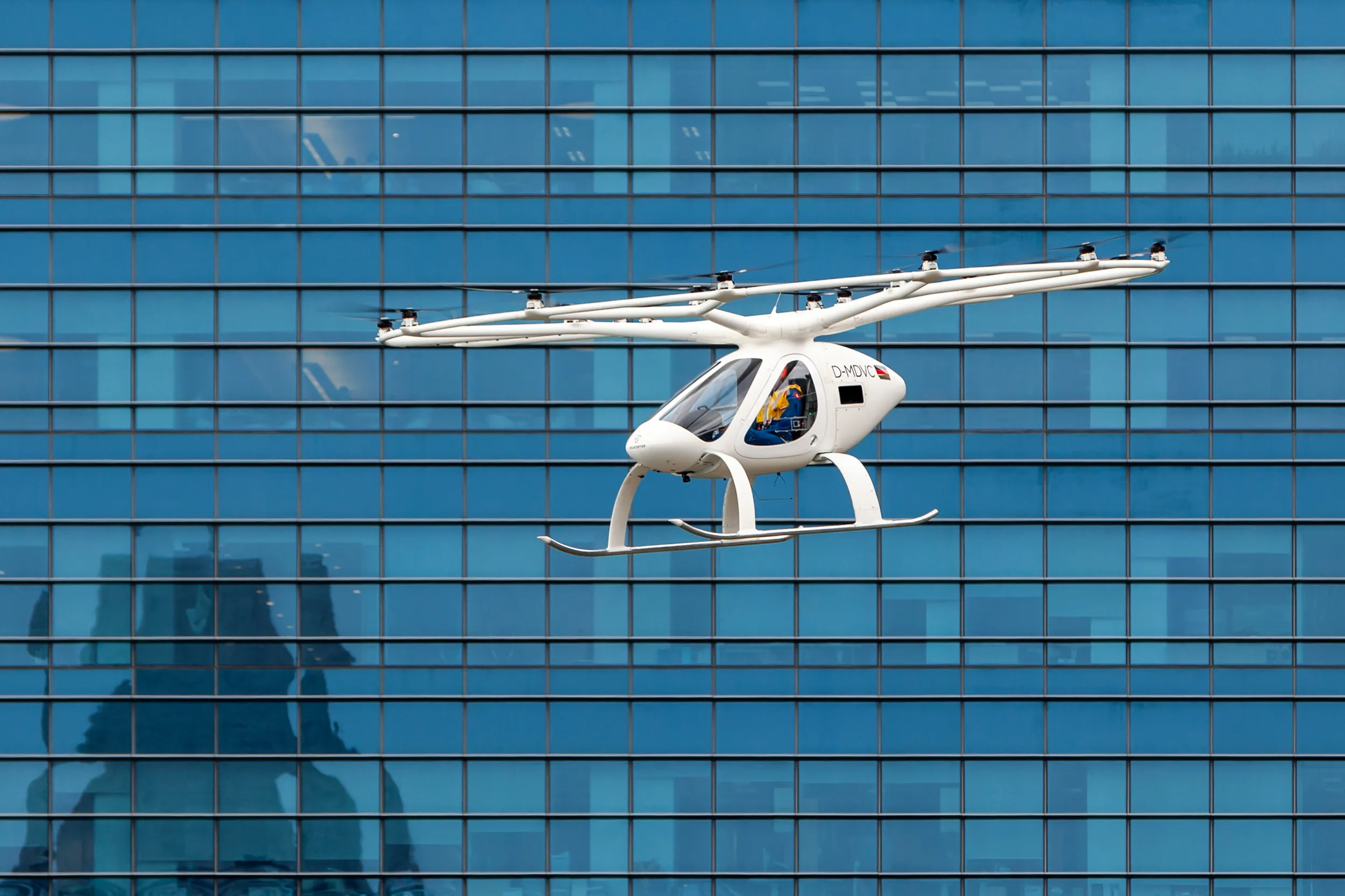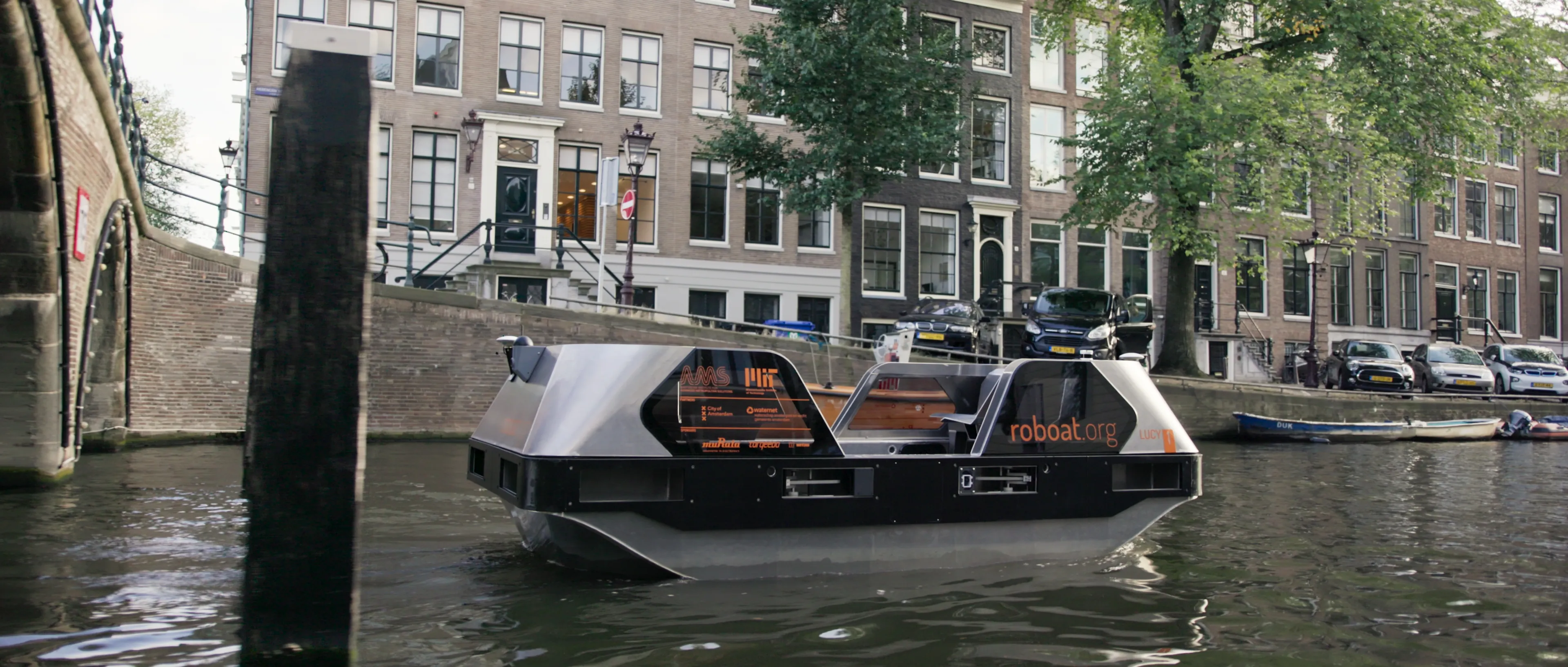
The partners will look into the most sustainable cities and routes to deploy air taxis and explore the possibility of joint flight tests.
Florian Reuter, CEO of Volocopter, says: “This cooperation is another important step towards the commercialisation of UAM in one of the most traffic-congested regions of the world.”
Chris Yeo, head of Grab Ventures, says: “This partnership will enable Volocopter to further develop urban air mobility solutions that are relevant for south-east Asian commuters so they can decide on their preferred journey option based on their budgets, time constraints and other needs.”
Volocopter was recently certified as a design organisation by the European Union Aviation Safety Agency and is now working in collaboration to receive permits for commercial operations.
The company made a flight over Singapore at ITS World Congress last year.










